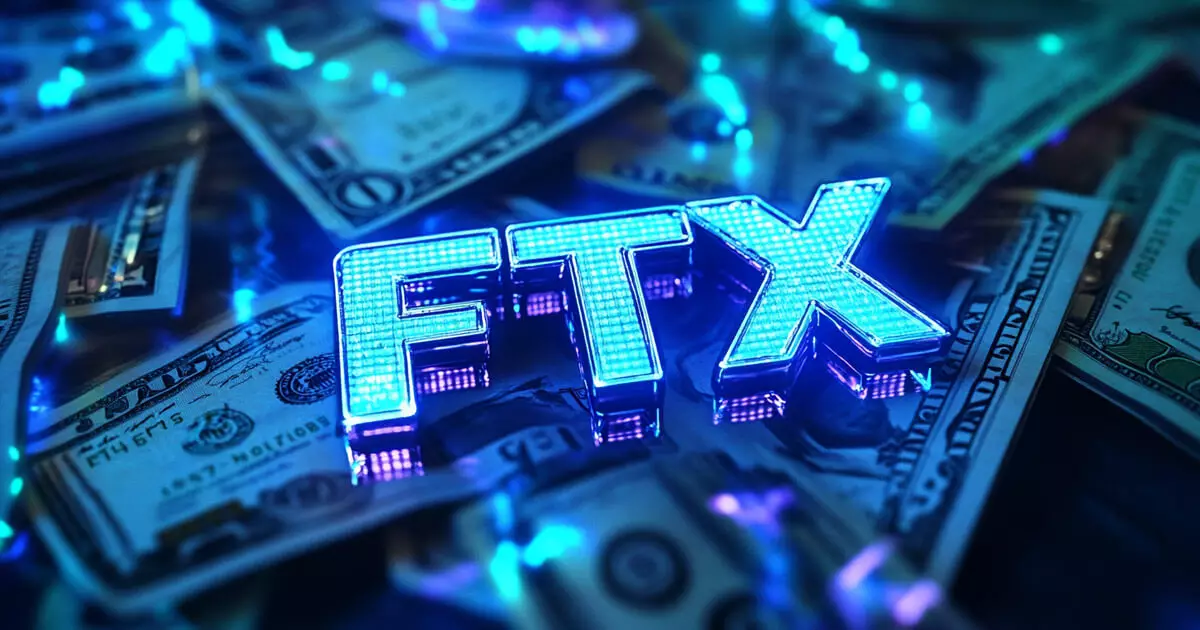In the wake of the FTX bankruptcy, a troubling reality has emerged for creditors worldwide. Sunil Kavuri, a representative for the FTX Creditors’ group, recently addressed the situation, indicating that there is a significant effort underway to explore repayment options for creditors belonging to various nations, including Russia, China, Egypt, Nigeria, and Ukraine. However, many of these creditors currently find themselves ineligible for distribution, which raises questions about fairness and accessibility in the ongoing claims process.
According to Kavuri, a considerable portion of FTX’s user base stems from those excluded from the current compensation efforts. Statistically, creditors from China comprise approximately 8% of total claims, making their lack of inclusion particularly concerning. Although Kavuri refrained from providing explicit reasons for this exclusion, the message is clear: those waiting for reimbursement from these restricted countries are in a precarious position. The ongoing ambiguity surrounding the criteria for eligibility only adds to the frustration for creditors who are keenly awaiting their funds, some of which may depend on these payments for financial stability.
FTX’s management initiated the first phase of payments on February 18, primarily targeting smaller creditors with approved claims below $50,000. This move was essential, as it demonstrated that efforts were being made to prioritize the smaller stakeholders who often lack the resources to weather financial storms. During this initial distribution, over 46,000 claimants received their due payments, and excitingly, these accounts also garnered an annual interest rate of 9% since the filing of bankruptcy in November 2022. While this is a positive step, one must question the implications for larger claimants whose reimbursements are on hold.
The accessibility issues faced by creditors in several regions are exacerbated by the fact that essential distribution platforms like Kraken and BitGo are unavailable in those markets. While it was initially assumed that the absence of these services was a primary factor in the delays, the situation is more intricate. Kavuri pointed out that some Egyptian creditors possess active accounts with these platforms yet still find themselves excluded from payment processes. This inconsistency suggests that the obstacle may not solely be about the service availability but could involve more complex legal or regulatory challenges.
As the saga of FTX unfolds, it remains imperative for all stakeholders to understand the implications of this bankruptcy. Arjun Sethi, co-CEO of Kraken, emphasized the importance of accountability, security, and transparency in handling such exchanges, highlighting that not all platforms adhere to these principles. As FTX gears up for more distributions, especially for those with larger claims exceeding $50,000—which are slated to begin in the second quarter of this year—the stakes are high. The financial fallout from this incident serves as a stark reminder of the need for robust regulatory frameworks in the cryptocurrency industry.
As it stands, the FTX situation raises pressing questions about the future of creditor reimbursement in the unpredictable world of digital finance, sparking a broader discussion on the necessary reforms required to protect investors and ensure fair treatment for all involved.

